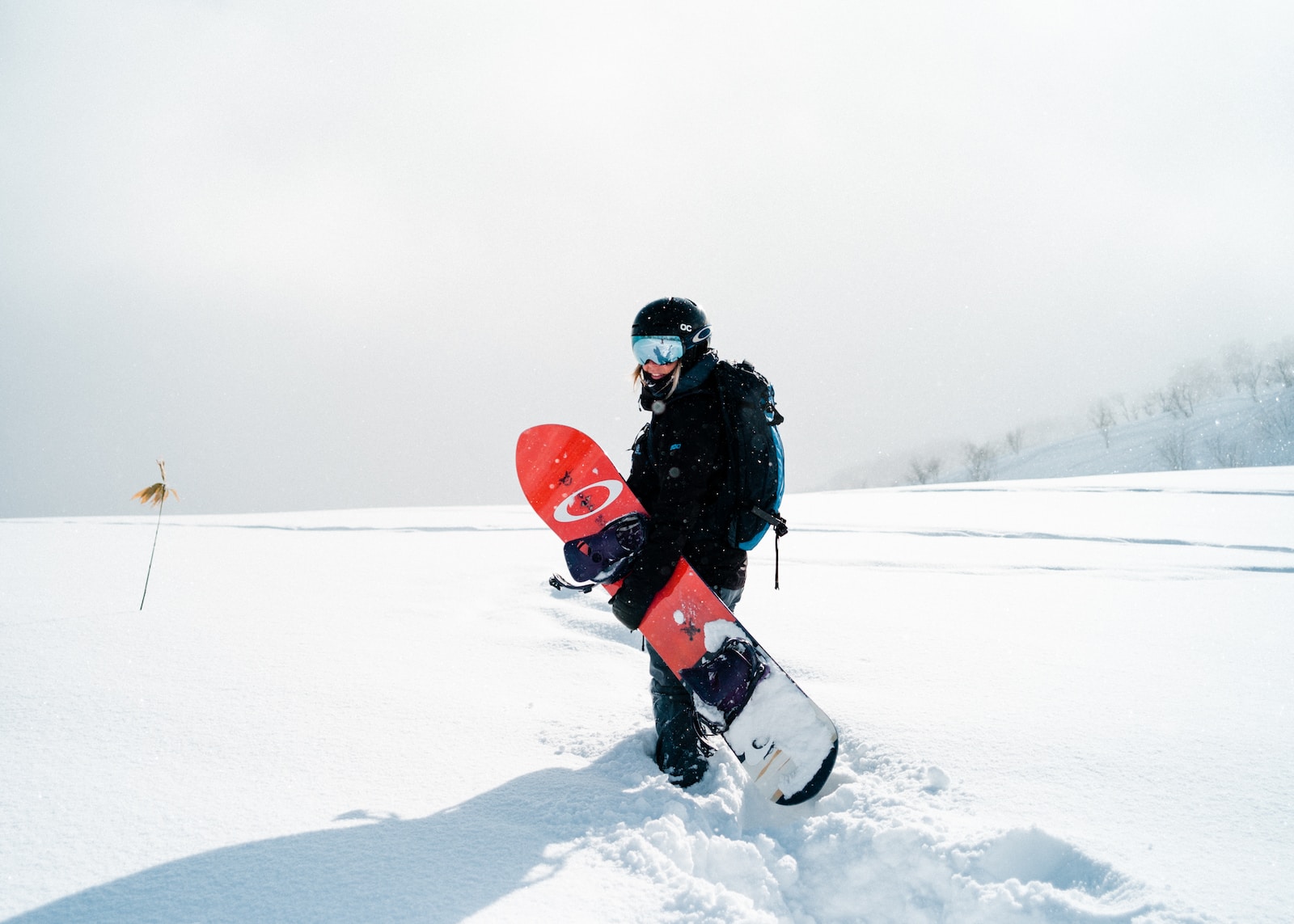Introduction to the Ski Lift Universe
For those unfamiliar with the world of winter sports, the term ‘ski lift’ might conjure up a variety of images. Some might imagine it as a unique skiing trick, while others may perceive it as a device to hoist their skis, eliminating the need to carry them up the mountain. However, for the seasoned snow enthusiasts, a ski lift is the simplest, most efficient means to ascend a mountain.
In essence, a ski lift is a mechanical transport device designed to ferry skiers up a mountain. But did you know there are various types of ski lifts, each with its unique characteristics and advantages? In this comprehensive guide, we’ll delve into the fascinating world of ski lifts, exploring each type in detail.

Chairlifts: The Quintessential Ski Lift
When one thinks of ski lifts, the image that often springs to mind is that of a chairlift. As the name suggests, it’s essentially a chair, typically accommodating 2-8 people, suspended from a cable that whisks you up the mountain.
The chairlift is usually suspended above the snow between poles, allowing your legs to dangle above other skiers as you ascend. But rest assured, safety is paramount. As soon as you sit down, a safety bar is lowered to secure you in place.
One crucial aspect to remember is that the chairlift operates continuously, moving in a loop. If you’re too slow to disembark, you might find yourself on an unplanned descent back down the mountain!
However, the chairlift is not just about the ride up. The descent, while often overlooked, offers a unique perspective of the mountain. As you glide down, you can enjoy the panoramic views, spot other skiers on the slopes, and even plan your next run.




Gondolas: Enclosed Comfort in the Sky
Gondolas are another popular type of ski lift. Like chairlifts, gondolas are attached to a cable that runs up and down the mountain. However, the key difference lies in the design. A gondola is an enclosed cabin that can accommodate between 4-30 people.
Unlike chairlifts, gondolas stop at the top to allow everyone to disembark safely. This feature makes gondolas a preferred choice for those who value comfort and a leisurely pace.
Gondolas also offer protection from the elements, making them an excellent choice in adverse weather conditions. Whether it’s snowing, windy, or just plain cold, the enclosed design of the gondola provides a warm and comfortable ride up the mountain.




Cable Cars and Funiculars: Mass Transit on the Slopes
Cable cars are quite similar to gondolas, with the primary difference being their capacity. A cable car is a large enclosed cabin that can transport up to 200 people at a time.
Typically, a cable car system consists of two cabins attached to the same cable, moving in opposite directions. If one is ascending, the other is descending. This design ensures that the cable car stays on the same line throughout its journey, providing a smooth and predictable ride.
Cable cars and funiculars are often used in larger resorts or on popular routes where high-capacity transportation is needed. They are also a great way to enjoy the mountain scenery in a relaxed, communal setting.




Drag Lifts: The Thrill of Being Towed Up
As the name suggests, drag lifts literally drag you up the mountain. You hold onto a pole with a small attachment at the end, designed to support you during your ascent. However, it’s not meant for sitting!
The challenge with drag lifts lies in maintaining balance and foot positioning. It’s not uncommon to see beginners tumbling, making it a thrilling, if somewhat tricky, ski lift option. The advantage of drag lifts is their flexibility. If you fall off or wish to rejoin halfway down the slope, you can easily do so.
Drag lifts also offer a unique opportunity to improve your skiing skills. The balance and coordination required to successfully ride a drag lift can help enhance your overall skiing ability.
Conclusion: Choosing Your Ski Lift Adventure
These are the most commonly used ski lifts in resorts and mountains worldwide. Each offers a unique experience, and your choice will depend on your comfort level, skiing skills, and personal preferences.
So, which ski lift do you prefer? Are there any other types of ski lifts that we’ve missed? Let us know in the comments below. If you found this comprehensive guide on ski lifts helpful, don’t forget to share it with your friends on Facebook and Twitter.
Remember, understanding ski lifts is an integral part of your skiing adventure. So, the next time you hit the slopes, you’ll know exactly what to expect when you approach that ski lift station. Happy skiing!
Moreover, the world of ski lifts is constantly evolving, with new technologies and designs emerging regularly. From high-speed detachable lifts to heated seats and bubble covers, ski resorts are continually innovating to enhance the skier’s experience. So, stay tuned for more exciting developments in the world of ski lifts!








Love Chairlifts, Looking down on skiers and snowboarders as they head down the mountain has always been a highlight of mine
[…] visitor shared their experience of visiting Mount Hood in winter, describing the thrill of skiing down the mountain and the beauty of the snow-covered forest. […]
[…] consists of skis, boots, and poles. Skis come in different lengths and widths, depending on the type of skiing and the individual’s skill level. Ski boots are designed to provide support and control, and […]